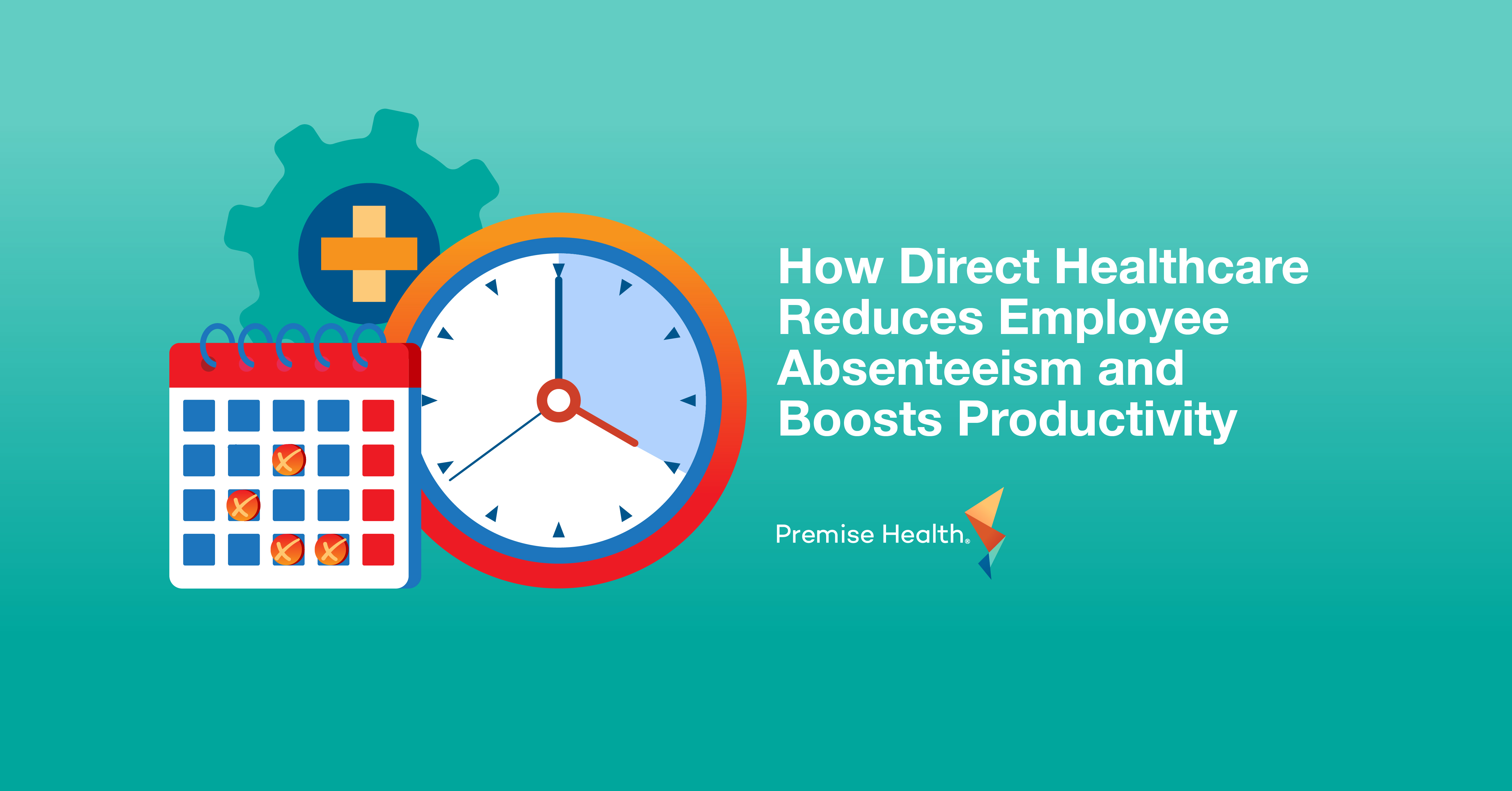How to Incorporate Social Determinants of Health into Your Benefits Strategy
Benefits leaders increasingly are looking for ways to address social determinants of health through their benefits strategies. They recognize the current labor market is tight, with 67 unemployed workers per 100 job openings as of October 2021. Workers are reprioritizing what’s important to them at work, prompting employers to search for opportunities that can set them apart. To attract and retain employees, many are choosing to adjust and improve their benefits.
A person’s wellbeing is heavily influenced by their environment. A health benefits strategy that considers health needs that aren’t traditionally defined as medical conditions, like social determinants of health (SDOH), can make companies more attractive and help them succeed in a tight labor market. By making and communicating a commitment to addressing SDOH, employers can retain and attract future talent, while supporting their employees’ health and wellbeing.
To update your health benefits, the possibilities are endless. Read on for ways your organization can incorporate SDOH into your benefits strategy.
Provide Access Options
One of the key determinants of health is access to healthcare. 18% of Americans live more than 10 miles away from their nearest hospital, and underserved populations often rely heavily on public transit to get to work, school, or appointments. Healthcare only works if people use it, so providing enhanced access to high-quality, cost-effective, and convenient care options is crucial to remove barriers. A combination of digital and physical access, such as an onsite or nearsite health center, proves to be the most valuable for all employees, including part-time and seasonal employees, as well as spouses, children, and non-traditional beneficiaries.
Digital care makes it easy to get care whenever and wherever needed, eliminating barriers for employees who may not have the means to travel or need to stay home to act as a caregiver. Digital care may also give more opportunity for workers to see a provider of their own race or gender as there are more provider options available to them. Representation is important, and patients sometimes feel more comfortable being cared for by someone who looks like them or speaks the same language, which may not be easy to find in their community.
Onsite centers eliminate barriers by making it convenient to receive care while at work, saving time for workers who may not have a break in the day to make a trip to see a provider. Onsite pharmacy services can also make a big impact for your employees. Cost and convenience are two big factors that influence medication adherence, both of which can be addressed by offering prescriptions – often at significantly reduced prices compared to the community – onsite for your people.
Additional offerings at your onsite center, like behavioral health, fitness, or massage, are also viewed as a benefits perk, which can help attract talent and encourage hybrid workers to return to campus.
Offer Assistance Programs
In the United States, 1 in 10 people live in poverty, and many people struggle to afford things like healthy food, healthcare, and housing. It’s important to offer a variety of assistance programs to support your employees, whether through your health plan or through additions to your benefits package. These offerings will differ by organization but should provide support and resources for employees who are struggling, whether with access to food, inadequate housing, transportation, language barriers, or other social determinants.
One form of assistance growing in popularity are team member resource groups or support groups to provide a sense of community for employees who may be experiencing the same challenges. Consider creating groups on topics like grief, chronic conditions, or working parents. Through these resources, employees will not only meet others in the company and form new relationships, but they’ll also feel supported in whatever they may be going through.
Other forms of assistance could include waiving copays when an employee receives care at your health center, transportation vouchers to allow workers to easily travel to healthcare appointments in the community or offering discounted gym membership options to encourage a healthy lifestyle. Some forward-thinking organizations even organize onsite farmer’s markets to make healthy eating more convenient or offer assistance for caregivers.
Ensure Care is Patient-Centered
Roughly 80% of health outcomes are impacted by SDOH factors, making it important for employers to recognize that comprehensive healthcare should include focusing on the whole person and understanding their social risk factors. In the healthcare setting, providers should ask standardized questions to understand social risks and assets of those they’re caring for. Without engaging with patients, many social care needs, such as limited access to healthy foods or difficulty paying for bills, will go unaddressed and continue to negatively impact their health.
A key piece of this patient-centered approach involves developing relationships with community partners, like food pantries, social care workers, and other helpful resources. Once these relationships are formed, it’s easy to refer patients in need to their resources, just as providers would refer them to a specialist.
At Premise Health, we believe everyone deserves whole-person, high-quality care regardless of what barriers they may have in their life. For our own team members, we offer resource groups for minorities, caregivers, and those interested in improving their physical and mental health. We also support providers by adding training that highlights the importance of collecting member data, such as race and ethnicity, to enhance their approach to the unique care needs of the populations we serve.
Our work with employers across all industries recognizes their populations each have different needs, which is why all our healthcare solutions are unique and tailored to each client. If you’re interested in adding our high-quality, whole-person care for your population, reach out to us here.
Next on industry insights.

How Direct Healthcare Reduces Employee Absenteeism and Boosts Productivity
Read the Blog
5 Ways Onsite Primary Care Benefits Tribal Organizations
Read the Blog